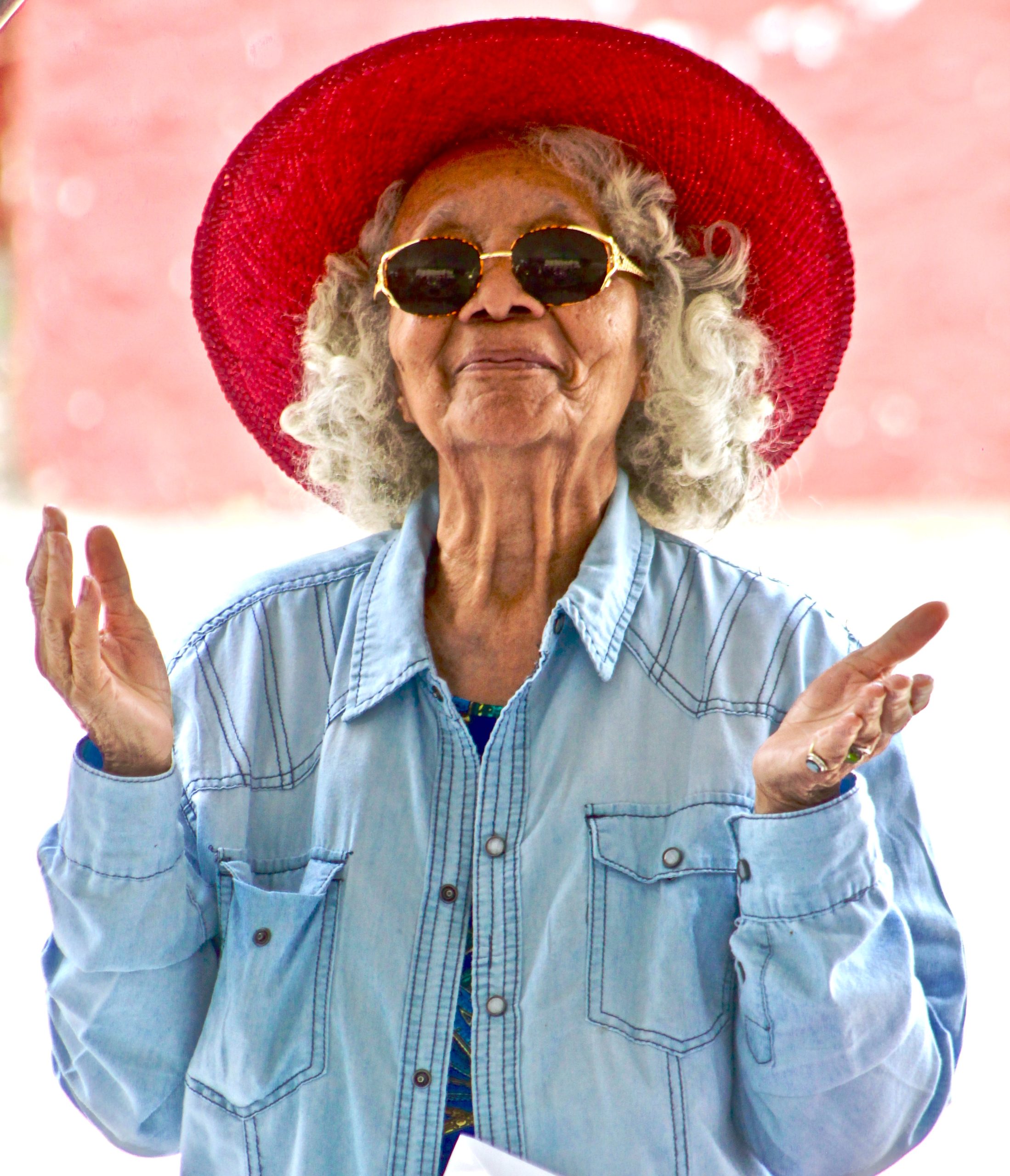5 Simple Strategies for Reducing Elderly Isolation and Loneliness

The image is not directly related to the article. It merely symbolizes the life of elderly people.
5 Simple Strategies for Reducing Elderly Isolation and Loneliness
What is elderly isolation and loneliness?
What are some common causes of elderly isolation and loneliness?
Common causes of elderly isolation and loneliness include living alone, mobility issues, health problems, loss of loved ones, and retirement. These factors can make it difficult for older adults to maintain social connections and participate in meaningful activities.
How can family members and caregivers help reduce elderly isolation and loneliness?
Family members and caregivers can help reduce elderly isolation and loneliness by staying in regular contact with their loved ones, arranging social activities and outings, encouraging participation in community events, and providing transportation to appointments and activities. They can also consider enrolling their loved ones in senior centers or adult day programs where they can interact with others and participate in group activities.
What are some ways that older adults can stay socially engaged?
Older adults can stay socially engaged by joining clubs or groups that align with their interests, volunteering in their community, attending classes or events at local community centers, and staying in touch with family and friends. They can also consider adopting a pet or participating in online communities to stay connected with others.
What are some signs that an older adult may be experiencing isolation or loneliness?
Some signs that an older adult may be experiencing isolation or loneliness include withdrawing from social activities, exhibiting signs of depression, neglecting personal hygiene or household tasks, experiencing changes in appetite or sleep patterns, and expressing feelings of sadness or hopelessness. Family members and caregivers should be aware of these signs and take steps to address them as soon as possible.
Elderly isolation and loneliness can have a significant impact on the health and well-being of older adults. Fortunately, there are simple strategies that family members and caregivers can use to help reduce these issues and promote social engagement. By staying in regular contact with elderly loved ones, encouraging participation in social activities, and providing transportation to appointments and events, caregivers can help older adults maintain social connections and participate in meaningful activities. Older adults can also take steps to stay socially engaged by joining clubs or groups, volunteering, attending community events, and staying in touch with family and friends. By working together, we can help reduce elderly isolation and loneliness and promote a healthier, happier aging experience.
The image is not directly related to the article. It merely symbolizes the life of elderly people. 5 Simple Strategies for Reducing Elderly Isolation and Loneliness What is elderly isolation and loneliness? Elderly isolation and loneliness are common issues affecting older adults who lack social connections and meaningful relationships with others. This can lead to…
Recent Posts
- Empowering Caregivers: The Best Online and Offline Resources to Enhance Your Skills
- Traveling with a Purpose: The Rise of Volunteer Vacations
- Breaking Stigma: Dispelling Myths about Mobility Aids and Disability
- Avoiding Probate: How Trusts Can Simplify the Estate Settlement Process
- Senior Citizens Beware: Common Financial Scams and How to Stay Protected

